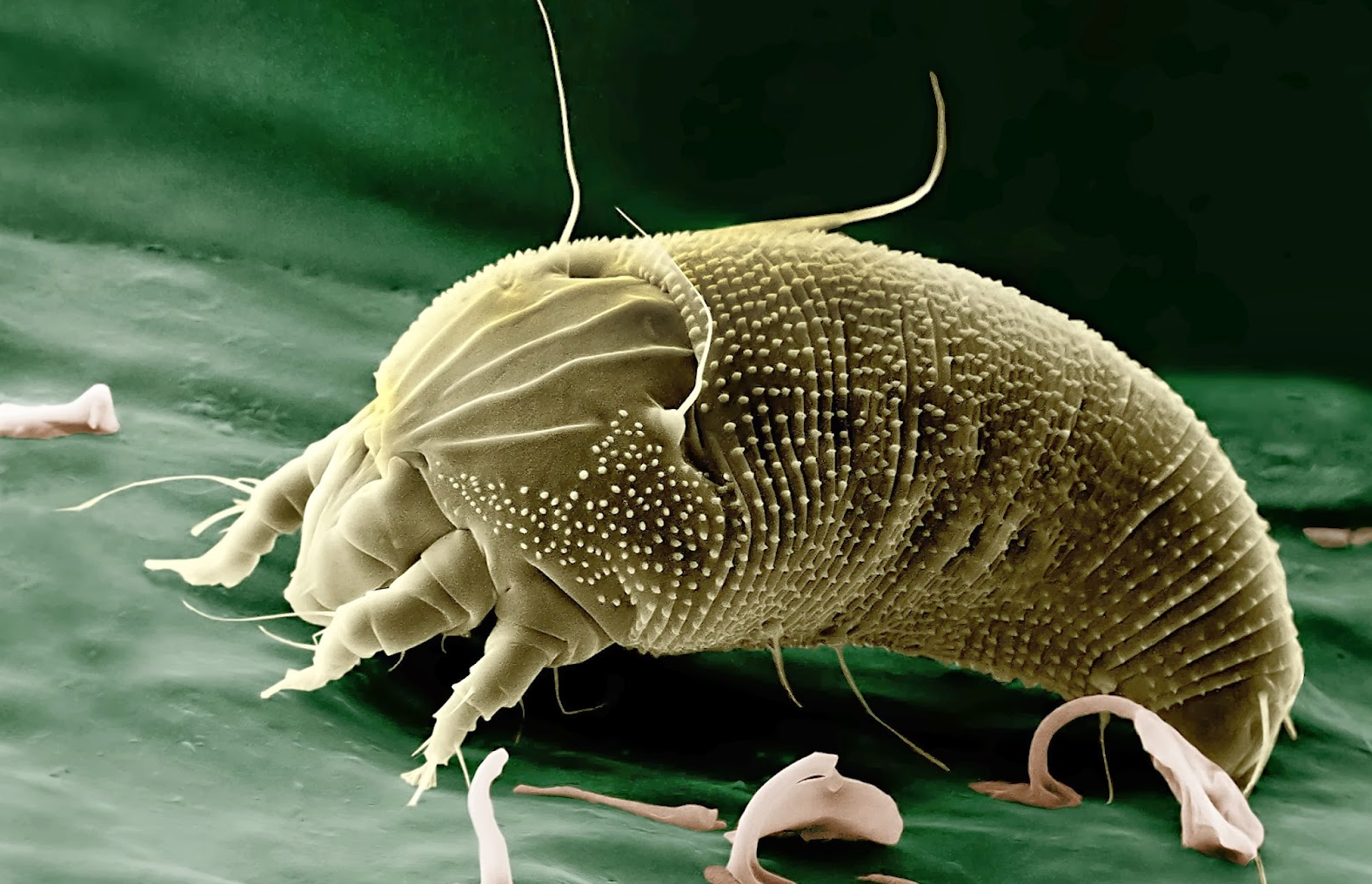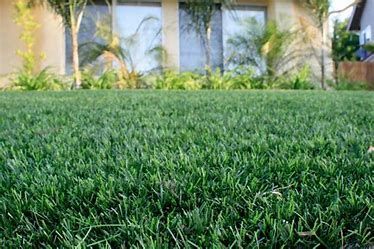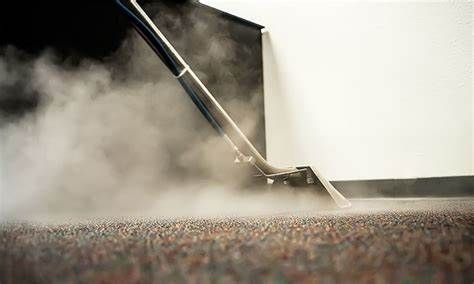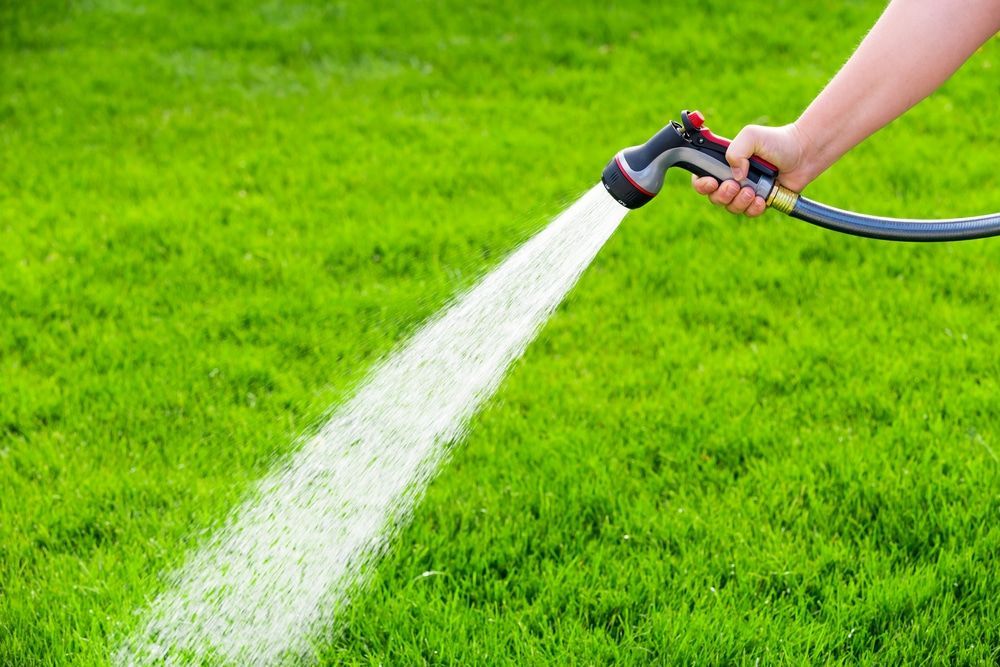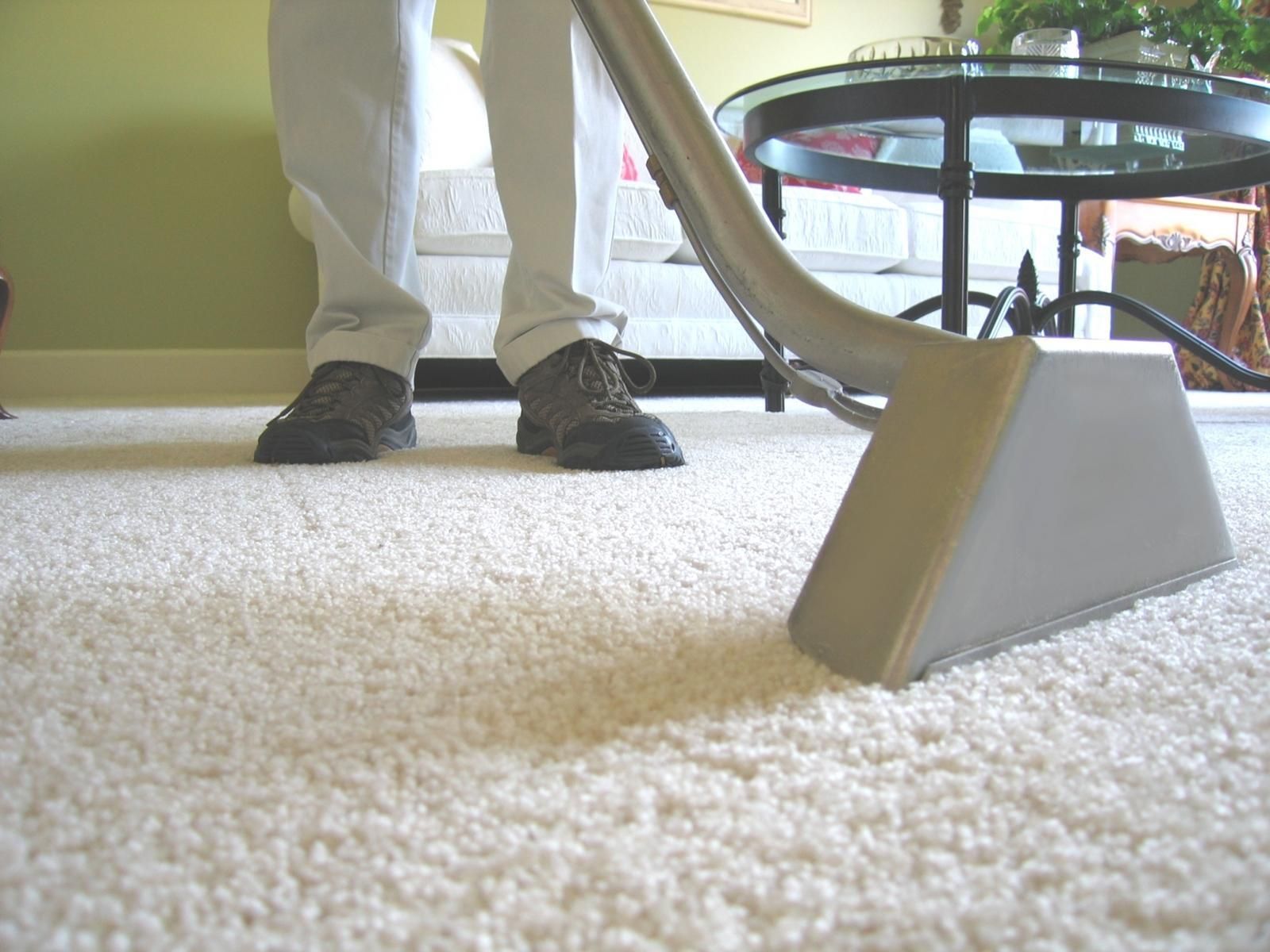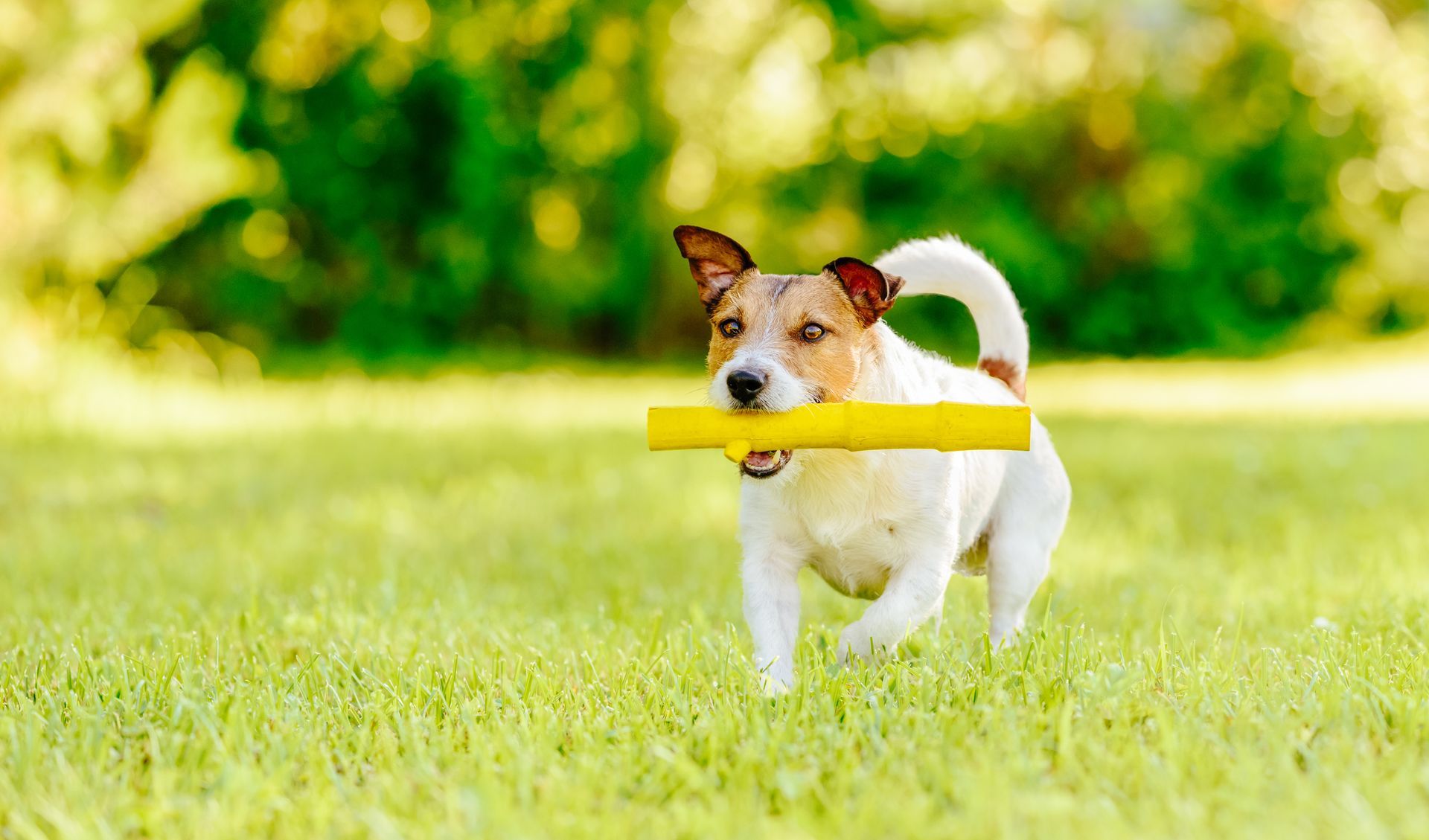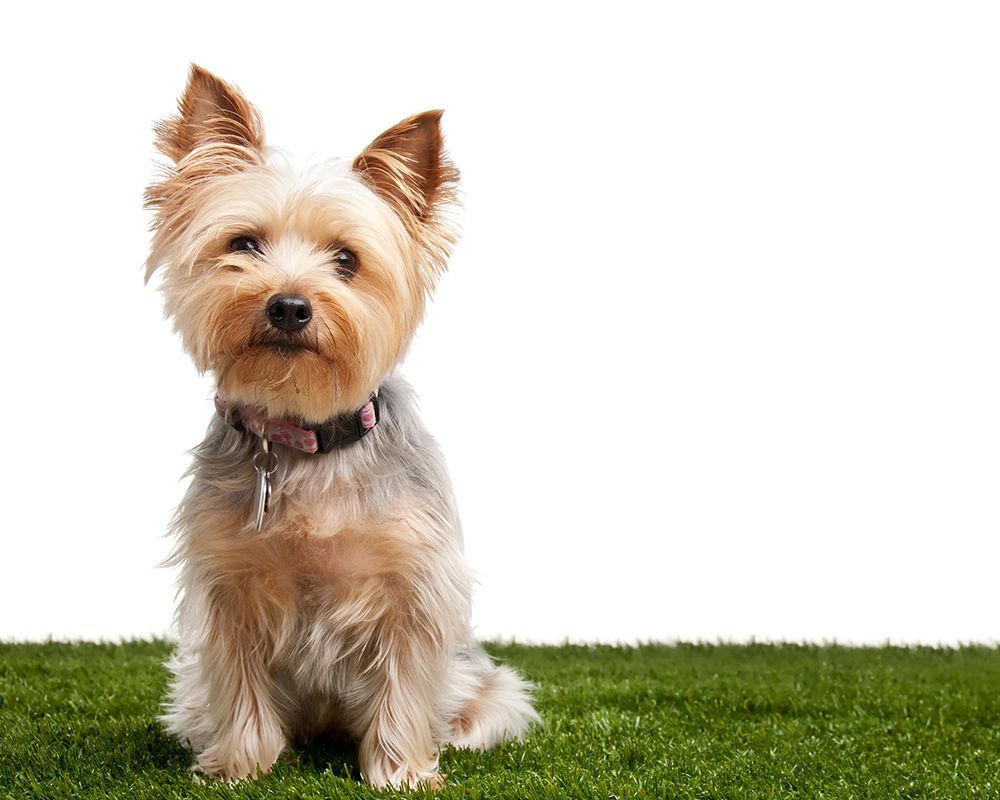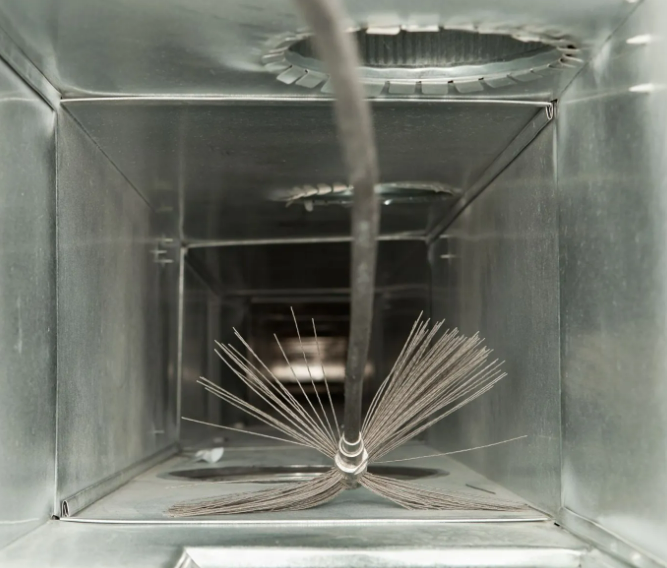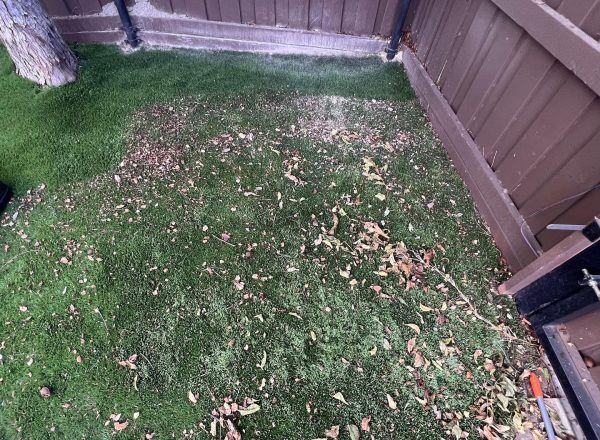Watering Your Turf
When it comes to dealing with urine stains and odors, many people think that simply adding water will help dilute and clean the area. However, this approach can often lead to unintended consequences. Here’s why adding water to an area affected by urine can make the situation more challenging.
Understanding the Spread of Urine in Turf
When water is added to a urine spot in artificial turf, it can cause the urine to spread over a larger area. This happens because the water dilutes the urine, making it less concentrated. However, it also carries the urine particles further from the original spot. As a result, the contamination now covers a broader surface and expands the area affected by the urine smell.
Dilution and Its Effects
While dilution might seem like a good idea initially, it can complicate the turf cleaning process. Diluting the urine does reduce the concentration, which might lessen the odor temporarily. However, the spread of diluted urine means that more of the surface area becomes contaminated, requiring more extensive cleaning efforts to ensure all affected areas are addressed.
The Challenge of Cleaning
When urine spreads in synthetic grass, the cleaning challenge increases significantly. Instead of a small, concentrated area, you now have to clean a much larger space. This can be particularly problematic in materials like artificial turf, infill, carpet, or upholstery, where the diluted urine can seep deeper into the turf fibers, infill, and padding, making it more difficult to remove entirely.
Effective Turf Cleaning Strategies
Effective Turf Cleaning Strategies
1. Blot the Area: Immediately blot the affected area with absorbent towels to remove as much urine as possible before it spreads.
2. Use Enzymatic Cleaners: These cleaners are specifically designed to break down urine particles and eliminate odors at the source.
3.
Avoid Using Excessive Water: Minimize the use of water to prevent the urine from spreading further.
Detailed Strategies and Considerations
Blotting the Area
Blotting the area is the first and most crucial step in dealing with urine stains. Use several layers of paper towels or a thick, absorbent cloth to press down firmly on the urine spot. Repeat this process until you’ve removed as much urine as possible. This immediate action helps contain the urine, preventing it from spreading further into the turf. This is little more difficult due to the infill but it does help.
Using Enzymatic Cleaners
Enzymatic cleaners are your best bet for tackling urine stains and odors effectively. These cleaners contain natural enzymes that break down the organic compounds in urine, neutralizing the odor and removing the stain at the molecular level. Make sure to choose a high-quality enzymatic cleaner designed specifically for pet urine. Follow the instructions on the cleaner, usually involving applying it generously to the affected area and allowing it to sit for a certain period to break down the urine effectively.
Minimizing Water Usage
While it’s tempting to use water to rinse away urine, doing so can spread the contamination. Instead, use a light mist of water if needed to help the enzymatic cleaner penetrate the turf fibers without causing the urine to disperse further. Avoid soaking the area, as excess water will dilute the urine and spread it.
Advanced Cleaning Techniques
For stubborn urine stains or persistent odors, consider these advanced cleaning techniques:
Deep Cleaning with a Wet Vacuum
A wet vacuum can be highly effective for deep cleaning synthetic grass. After blotting and applying an enzymatic cleaner, use the wet vacuum to extract as much liquid as possible from the turf. This method helps remove deep-seated urine particles and ensures thorough cleaning.
Professional Turf Cleaning
If DIY methods don’t suffice, professional turf cleaning might be necessary. Professional cleaning uses high powered machines to break down urine particles and kill bacteria, providing a deep clean that penetrates turf fibers and padding. Professionals have the equipment and expertise to handle severe urine contamination effectively.
Preventive Measures
To minimize future urine stains and odors, implement these preventive measures:
Regular Maintenance
Routine cleaning and maintenance of your artificial turf can prevent urine buildup and odors. Establish a cleaning schedule that includes regular brushing to keep turf fibers upright and prevent matting, which can trap urine.
Designated Pet Areas
Create designated areas for your pets to relieve themselves. Train your pets to use these areas, and make sure they are easy to clean. This containment strategy helps concentrate urine in a specific spot, making it easier to manage and clean.
Adequate Drainage
Ensure your artificial turf has adequate drainage. Proper drainage helps prevent urine from pooling and spreading, reducing the risk of widespread contamination. Good drainage also aids in quicker drying, minimizing odor development.
Addressing Persistent Odors
If you notice persistent odors despite cleaning efforts, it may be necessary to take additional steps:
Odor Neutralizers
Use odor neutralizers designed for artificial turf. These products can help eliminate lingering odors by neutralizing the smell at the source. Apply the neutralizer according to the manufacturer’s instructions for best results.
Replace Infill
In some cases, replacing the infill material in your artificial turf may be necessary. Infill can absorb and retain urine odors over time, making it difficult to eliminate smells with surface cleaning alone. Choose a pet-friendly infill that resists odor absorption and promotes drainage.
Conclusion
Adding water to a urine-affected area can inadvertently cause the urine to spread, making cleaning more challenging. By understanding the effects of water on urine and adopting effective cleaning strategies, you can tackle urine stains and odors more efficiently and prevent them from spreading. Proper cleaning techniques, the use of enzymatic cleaners, and minimizing water usage are crucial steps in managing urine contamination in artificial turf. Implementing preventive measures and considering advanced cleaning techniques can further enhance the cleanliness and longevity of your turf, ensuring a pleasant and hygienic environment for both you and your pets.
Please Call Xanders for any questions regarding this topic
